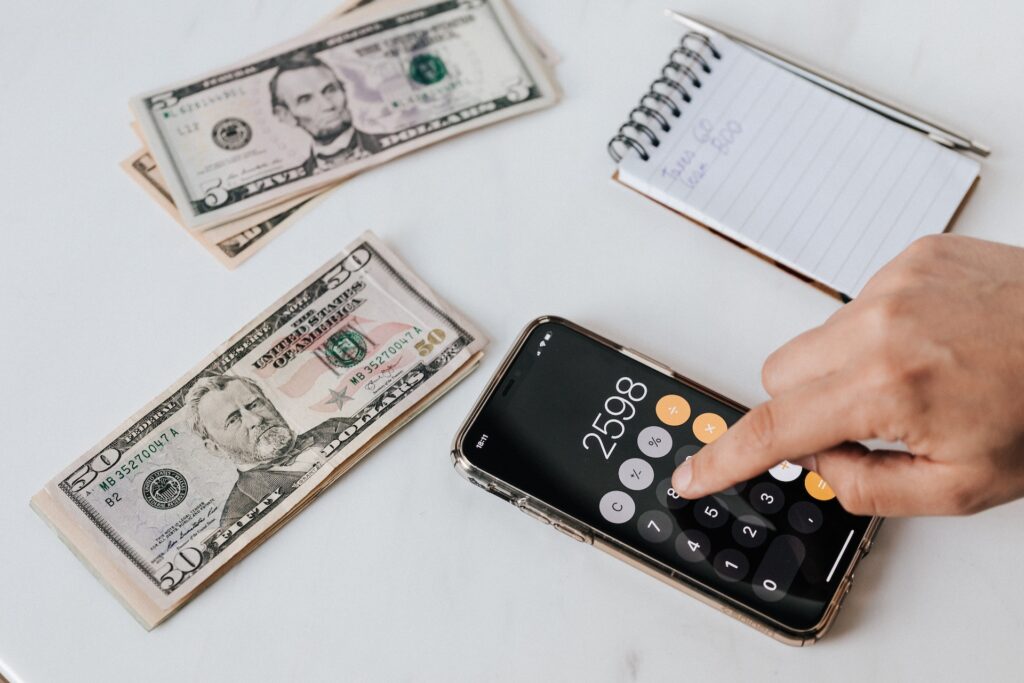Disclaimer: Some products featured on our site are from our sponsors who may compensate us. As a result, the positioning of these products on the page may be influenced, but not our opinion about it. Learn more about how we make money.

Creating a personal budget is an essential financial management tool that can help you take control of your money, reduce debt, and save for the future. A budget can help you track your income and expenses, identify areas where you can reduce your spending, and prioritize your financial goals. However, creating a personal budget can be daunting, especially if you’re not sure where to start or if you have a lot of debt. In this article, we will discuss the ultimate guide to creating a personal budget to help you get started on the right foot.
What is a personal budget?
A personal budget is a financial plan that lists your income and expenses for a specific period, usually a month. Your income includes all the money you earn, while your expenses include everything you spend money on, such as rent, groceries, utilities, transportation, entertainment, and debt payments. By creating a personal budget, you can see exactly how much money you have coming in and going out, and you can make adjustments to your spending to ensure that you have enough money to cover your bills, pay down debt, and save for the future.
How to create a personal budget in 6 steps:
1. Determine your monthly income
The first step in creating a personal budget is to determine your monthly income. Your income includes your salary, wages, tips, and any other money you receive. If you have a regular job with a fixed salary, this step is straightforward. However, if your income varies from month to month, you may need to estimate your average monthly income.
2. List your monthly expenses
The second step is to list all your monthly expenses. Start with your fixed expenses, such as rent, utilities, and loan payments. These are expenses that are the same amount every month. Then list your variable expenses, such as groceries, entertainment, and transportation. These are expenses that may vary from month to month.
3. Categorize your expenses
Once you have listed all your expenses, categorize them into fixed and variable expenses. This will help you understand where your money is going and where you can make adjustments to your spending.
4. Set your financial goals
The next step is to set your financial goals. Your goals could be to pay off debt, save for a down payment on a house, or save for a vacation. Whatever your goals are, make sure they are specific, measurable, achievable, relevant, and time-bound (SMART).
5. Create a budget
Now that you have all the information you need, it’s time to create your budget. Start by subtracting your expenses from your income. If you have more expenses than income, you will need to make some adjustments to your spending. Look for areas where you can reduce your spending, such as eating out less or canceling subscriptions you don’t use. If you have money left over after paying your expenses, allocate it towards your financial goals.
6. Track your spending
Creating a budget is just the first step. To ensure that you stick to your budget, you need to track your spending. Use a budgeting app or a spreadsheet to record your expenses, and compare them to your budget each month. If you overspend in one category, adjust your spending in another category to stay within your budget.
Consider using a budgeting app
Looking at automating your savings? Budgeting apps like Rocket Money will do the work for you! Not familiar with it? Rocket Money is the easiest way to find subscriptions, manage bills, and even cancel recurring charges with a single click. Over 3.4+ million members save hundreds using this app, stop wasting time and sign up now for free.
Other apps to consider:
- TrueBill
- Mint
- Simplify
Wrap Up
Creating a personal budget can seem overwhelming, but it’s an essential financial management tool that can help you achieve your financial goals. By following the steps outlined in this article, you can create a budget that works for you and your unique financial situation. Remember to track your spending and adjust your budget as needed to ensure that you stay on track. With a little bit of effort and dedication, you can take control of your finances and achieve your financial goals.
